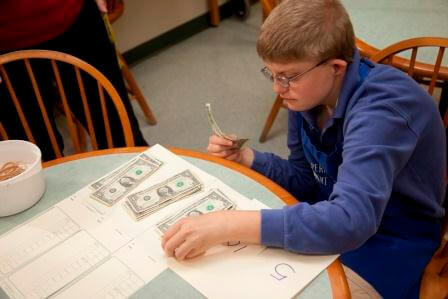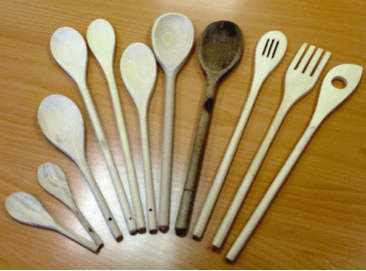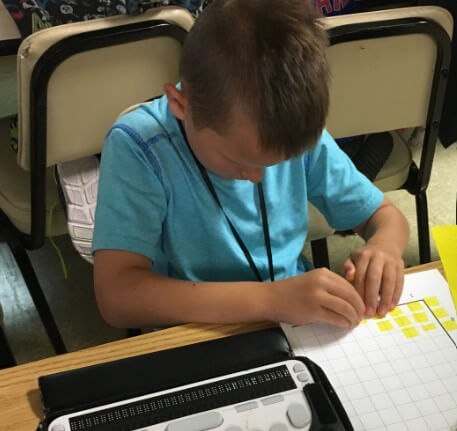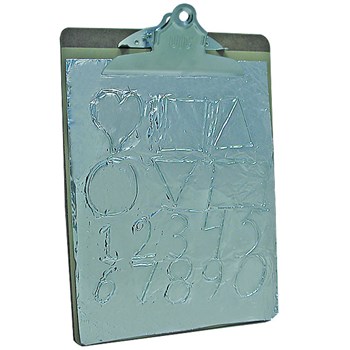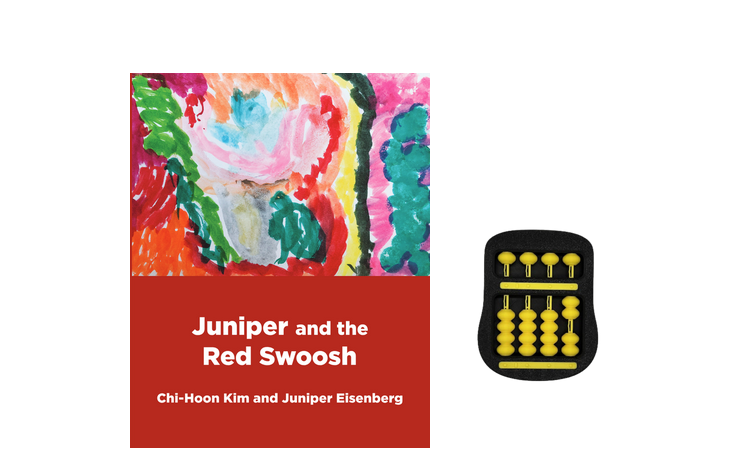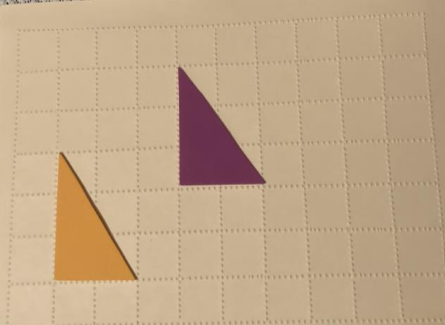Overview
Math Literacy
Mathematical Literacy includes numeracy (the ability to recognize numerals), a basic number sense, and a grasp of basic concepts. Explore ideas for teaching functional math skills, as well as techniques that are specific to students with visual impairment, such as Nemeth Code and the use of the abacus. Do you know how to incorporate math literacy into daily activities?

